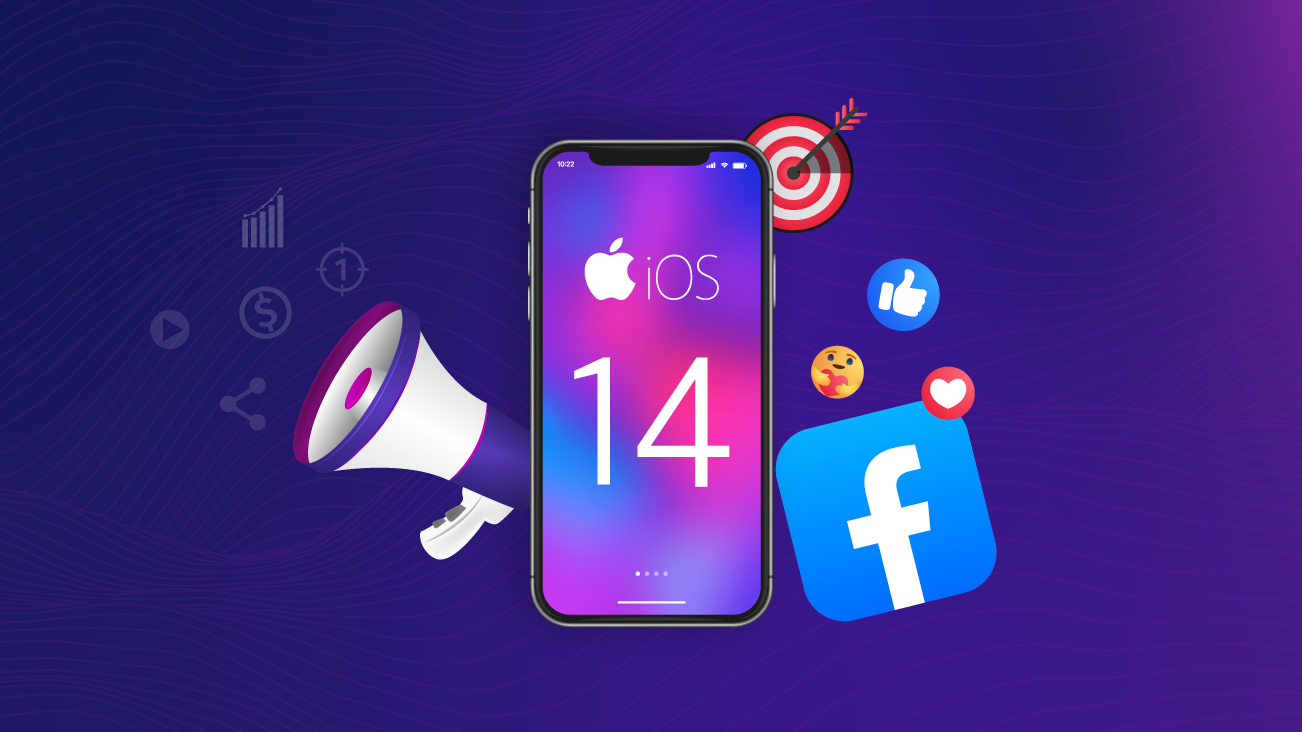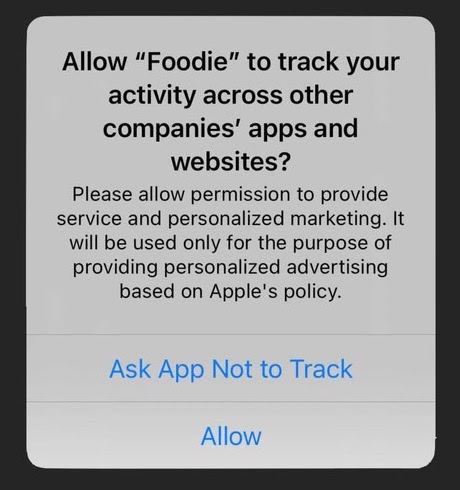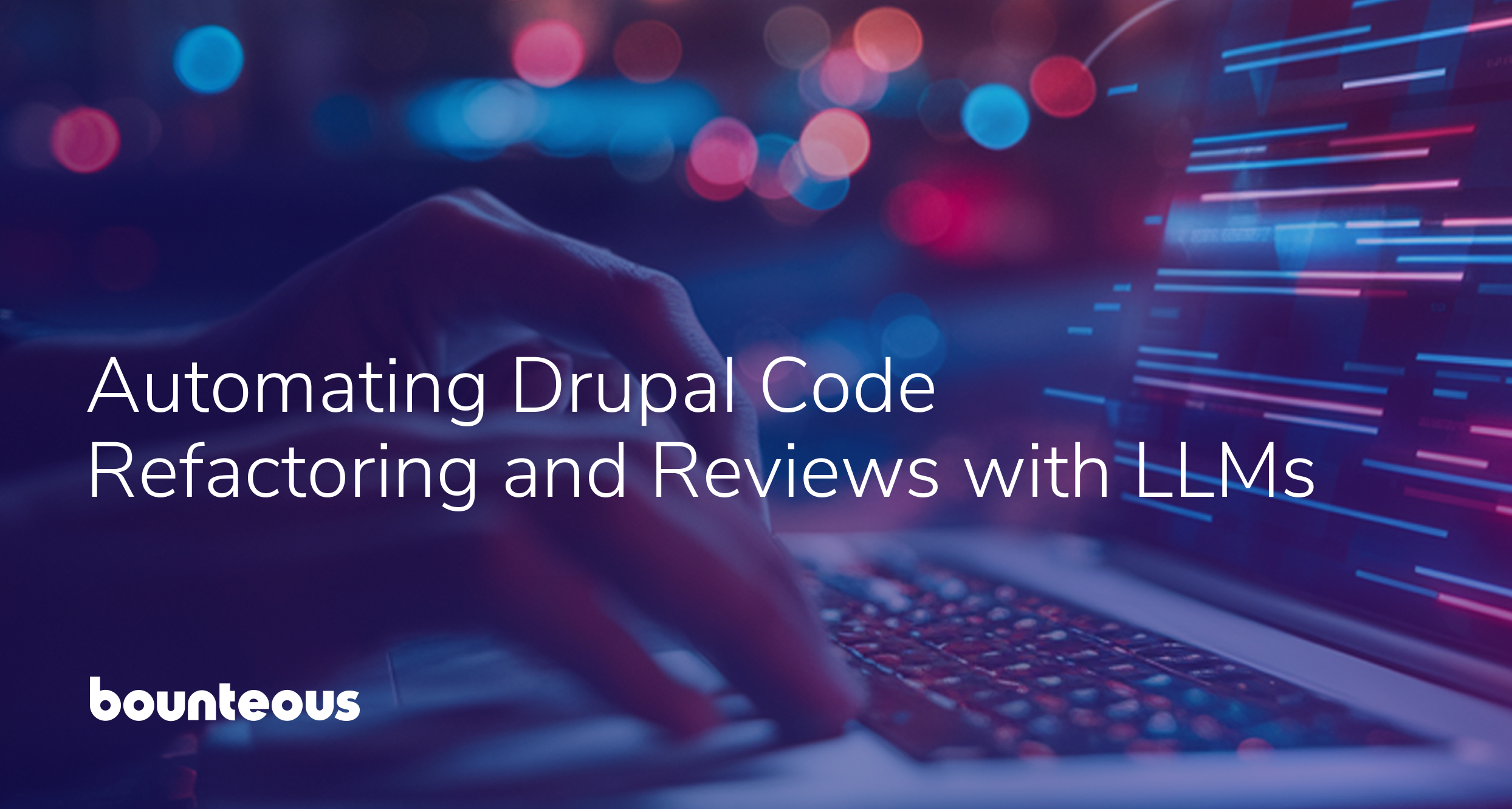Tips For Running Digital Marketing Campaigns After iOS14

In an ever-changing digital ecosystem, the iOS14 update released by Apple stands to make a large mark in the already crowded arena of consumer privacy standards. Announced in 2020 as a future change in privacy policy, Apple began rolling out iOS14.5 updates in the last week of April 2021. The changes are relatively simple for the consumer, but incredibly complex for companies looking to reach the right people with their products and services.
From a consumer's perspective, it's as easy as the click of a prompt to decline information access to mobile apps. This choice stops that specific application from receiving PII, or personally identifiable information, to be anonymized and reused for things like personalized advertising.
It is important to note that this change does not remove or block advertising from reaching consumers, but removes the ability to identify them by qualifying indicators that would make them more or less likely to identify with an advertisement.
For advertisers, this harkens back to the well-known scene of "Friends" with Ross Geller screaming "PIVOT!" as he helped move a couch up a staircase. This update creates a problematic situation where ads have a much higher chance of reaching the wrong audience and begin to mirror the "spray & pray" blanket marketing of yore.
This was a much broader approach to marketing that was found less effective due to its inability to hone in on a more qualified, engaged audience. These more finite and conditional audiences have been based on identifiers ranging from things like simple demographics and interests to lower funnel intent-based actions like purchases.
However, this change in privacy was foreseen years ago by companies as something that would be inevitable. A crackdown on consumer privacy wasn't a matter of "if," but a matter of "when." This conjecture was compounded by real-world events like the California Privacy Act of 2018 and adjustments in tracking across browsers (see Google Privacy Sandbox).
Since then, ongoing tweaks and adjustments have been made across the industry to fall closer in line with what would ultimately be acceptable by the public. Apple's announcement of a large-scale change in privacy standards took these smaller individual enhancements and brought those earlier conjectures to life.
With the foresight of the change to come, companies like Google and Facebook began ideating how they would adjust their tracking and targeting capabilities to match Apple's aggressive momentum while keeping advertisers in mind. With this, there are now action items and resources for advertisers and brands trying to navigate a change in trackable users.
Privacy Impacts on Google Ads
Google has been busy making internal updates to address privacy concerns and iOS 14—including their introduction of FLoC (Federated Learning of Cohorts) and the March 2021 announcement that they will not use alternative user-level identifiers to replace third-party cookies. They have updated their global site tag to prioritize first-party data and improve attribution (marketers should ensure they have the gTag implemented on every page of their site).
In addition, Google will be enhancing their modeled conversion metrics to try to mitigate the effects of this iOS update. Modeled conversions are not new for Google, as they have previously released models that include cross-device and view-through conversions.
Bounteous' recommendation for advertisers adjusting to the changes are the following:
Monitor remarketing lists, as they may see lower customer match rates moving forward.
There might be fluctuations in performance for GDN (Google Display Network), Discovery, and YouTube campaigns that use interest-based targeting. Google will still supply their in-market and affinity audience lists as options, it's just unclear how well they will perform moving forward.
Monitor universal App Campaigns, as they may see the greatest impact from the iOS 14 update. Google released this article in January 2021 for app developers and what they should be prepared for. Google also recommends advertisers consolidate to 8 or fewer app install campaigns for each iOS app and ensure that app campaigns are using tCPA instead of tROAS.
Mitigate any data loss by uploading Offline Conversions – either into the GMP (Google Marketing Platform) suite or into Google Ads. If you're collecting GCLIDs in your CRM, you can use this feature.
Invest in Ads Data Hub – Google's MarTech solution, hosts and joins your first-party data across Google and other sources in a privacy-centric way.
Privacy Impacts on Facebook Ads
Facebook launched a full response to the changes in privacy and released an official statement outlining what an advertiser can expect to see in-platform.
In addition, Facebook has created an in-platform Resource Center that can be found in an advertiser's Ad Manager. This brand new tab (to the left of the "Campaigns" tab) includes step-by-step instructions on ways to help mitigate data loss as the iOS14 change begins to be installed across devices. These steps include Verifying domains, Updating and Ranking events associated with the base tracking pixel, and information on lookback windows.
For advertisers looking to run Mobile App campaigns within Facebook, their statement also addresses this concern. In addition, Apple also has a page addressing the change for developers as well.
Overall, advertisers should be on the lookout for the following major changes:
- Monitor audiences built using event pixel information as they will have a marked loss in size affecting remarketing initiatives.
- There will be changes in performance for campaigns using audiences supplied from associated phone app SDKs.
- Lookback windows on campaigns we updated earlier in 2021 to a maximum of 1-day post-click/7-day post view.
As the iOS14 update is still new and being uploaded to phones as consumers choose to install it, the marked loss in data for all channels will likely continue to grow over time. While it seems the silver lining has been saved for only the consumer, it's important to remember that this change was anticipated.
Beyond the recommendations from companies with a vested interest in keeping advertisers in-platform, there are a few additional things to keep in mind.
Never Discount the Power of Owned First-Party Data
While targeting interests and demographic information can serve as a strong filter on an intended audience, nothing is more powerful than the customers you already have. This information can come in many forms, ranging from customer data to email lists, and can be securely used to reach both current customers and new customers through the buildout of lookalike audiences and models.
Marketing teams or agencies will be more successful if they can work with first-party data, but that requires both technical maturity and cross-team collaboration. Tools like Customer Data Platforms can be combined with data science capabilities to help advertisers enrich their usage of first-party data while remaining fully compliant.
Using the Platforms We Have Access to, to Their Fullest Extent
Assets like video create a strong opportunity to create engaged audiences who are now exposed to your brand. They also serve as a great first step in fashioning a full-funnel approach to campaign initiatives.
In-platform lead generation is something available across a few social channels and creates a low barrier to entry for a potential lead. These campaigns also often have auto-fill options which make submissions even easier.
As our industry adopts solutions to deliver better customer data privacy, advertisers and companies working with external partners need to make sure they're working with the latest information and are aware of upcoming changes. Advertisers need to understand how targeting and performance may be affected, and should already be considering shifts in campaign strategy.
iOS14 may be creating a ripple effect on the industry, but like every game-changer before it and every shift to come, it stands to serve as a way for companies to innovate and find new ways of reaching the right people with the right message.



